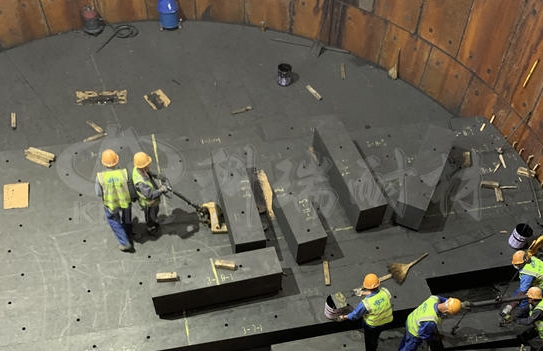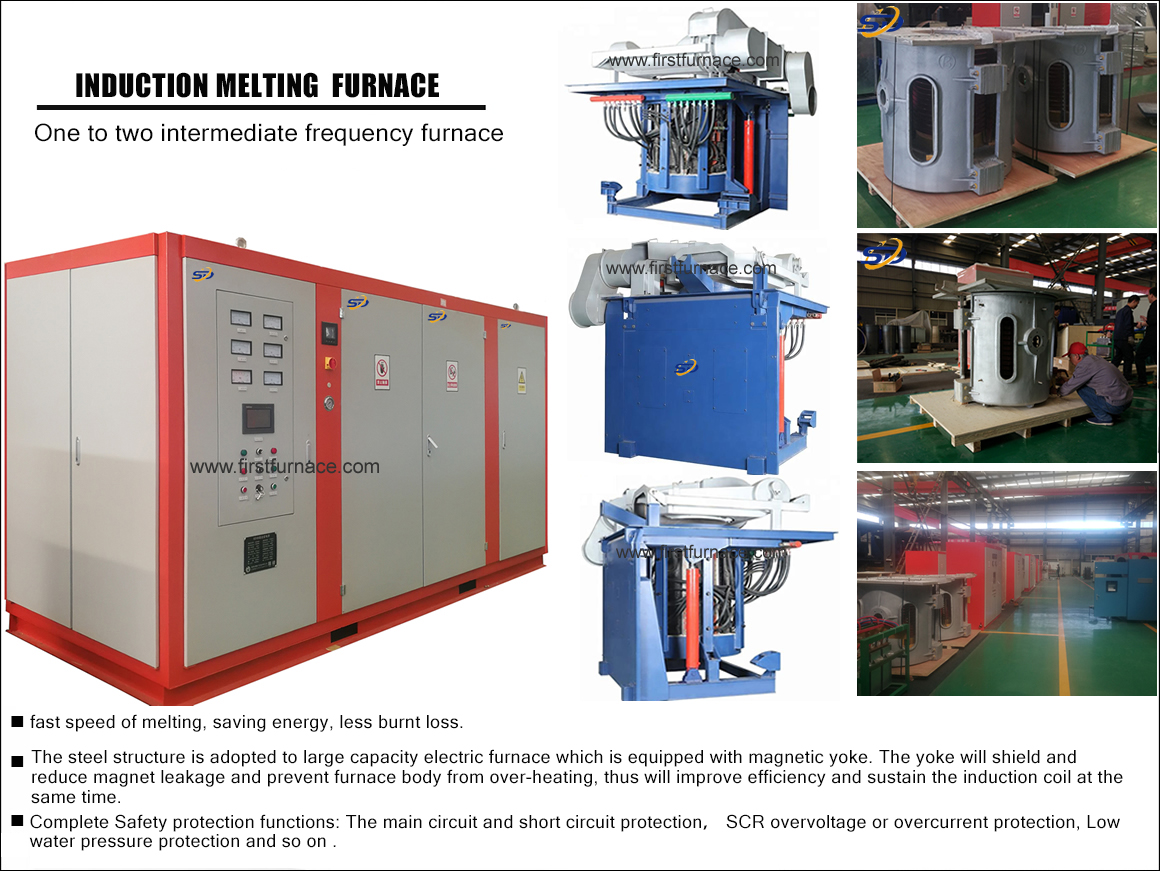Sales hot line ( 24 hours service): 18037961302
E-Mail: firstfurnace@gmail.com
whatsapp:+8618037961302
Adress: Luoxin Industrial Park, Luoyang, HenanLarge diameter steel pipe quen
Piston rod quenching and tempe
Grinding rod quenching and tem
High frequency induction heate
Quenching equipment for machin
Round steel end heating furnac
Steel pipe heat treatment prod
Square steel quenching and tem
Sucker rod quenching and tempe
Thickened petroleum steel pipe
Round steel quenching and temp
Steel pipe quenching and tempe
Steel plate quenching and temp
Induction Hardening Machine&nb
Flywheel ring gear high freque
Factors Influencing the Service Life of Refractories in the Hearth of Blast Furnace
After the construction of the blast furnace is completed, from the putting into use to the end of the furnace service, when the material enters the descending process and the furnace gas rising stage of the heat exchange process, the middle and upper furnace lining refractories are in a long-term wear and erosion state, and the lower part of the furnace body is the hearth furnace. The bottom lining has been immersed in molten iron and slag. The interior of the blast furnace continues to be under high temperature and high pressure. These factors interact and affect the service life of the blast furnace.
There are many factors that affect the service life of hearth refractory materials. So far, there has not been a completely clear and unified view. Common and generally consistent views can summarize these influencing factors into two categories, namely, physical action and chemical erosion.
1. The effect of physical action on the refractory material of the hearth:
(1) Thermal stress. The temperature of the refractory working layer in the hearth part and the iron slag liquid contact point is as high as 1350℃. The cooling water temperature of the cooling stave contacted by the heat insulation layer is only 25~45℃. The radial temperature difference is large, resulting in huge thermal stress. Under long-term high-temperature and high-pressure road conditions, thermal stress and other physical and chemical interactions affect each other, resulting in various damage phenomena such as thermal expansion and contraction of refractory materials, fractures, and pulverization.
(2) Scour and wear. During the operation of the blast furnace, the refractory lining the hearth continuously responds to the circulation of molten iron and the rise and fall of the slag level. Under the effect of high temperature and high pressure erosion and wear for a long time, the wear resistance of the refractory continues to decrease, which affects its service life. The slag skin formed on the slag-iron contact surface may also fall off during the fluctuating process of the furnace condition. At this time, the refractory material of the furnace lining will be directly scoured and abraded by the iron slag and molten iron.
(3) Physical gravity. During the use of the blast furnace, the molten iron slag continuously added to the hearth and the molten iron stored in the dead iron layer, including the effect of high-pressure hot air in the furnace, superimposed on each other, so that the refractory at the bottom of the furnace bears greater physical gravity. . For the carbon brick layer at the junction of the hearth and the furnace bottom, these forces play a role in shearing. The compressive strength of carbon bricks at room temperature is 20-40MPa, and the flexural strength is only 7-15MPa. The strength at high temperatures When the temperature is lower than normal temperature, when the pressure is close to its strength limit, it is easy to break or produce cracks. At this time, the iron slag liquid will intrude into the crevices and cracks. Infiltration and erosion of molten iron.
(4) The buoyancy of molten iron. The density of refractory materials is much smaller than that of molten iron, and the refractory materials will be subjected to upward buoyancy in the molten iron. The bottom of the furnace is generally set near the furnace shell with a certain narrowing diameter, and the direct extrusion and friction of the refractory are used to weaken its buoyancy. However, when the force reaches the limit of the refractory, it will cause the refractory to deform or even break and continue to suffer. The effect of buoyancy is followed by more severe damage or even falling off floats.
2. Chemical attack:
(1) Hot metal carburizing corrosion. Pig iron is a carbon-containing unsaturated solution of iron-carbon molten iron. The carbon content of pig iron is generally maintained at 4.5% to 5.4% during the production process. The carbon content is related to factors such as blast furnace volume, hot air pressure and smelting strength, and the highest How much is not clear. Therefore, during the operation of the blast furnace, the carburizing reaction between the molten iron in the hearth and the carbon bricks occurs from time to time, and the coke and coal powder in the fuel can also be carburized. The long-term contact affects the carbon bricks in the hearth. Melt loss and destruction.
(2) Redox reaction. During the production process of the blast furnace, various types of oxidation-reduction reactions occur in the hearth, such as the water-gas reaction caused by the leakage of water at the tuyere and the cooling wall, which will cause the oxidation of carbon bricks, resulting in carbon loss or even pulverization, causing cracks. The strength of carbon bricks decreases. A series of oxidation-reduction reactions of alkali metals such as potassium, sodium, lead, and zinc in the blast furnace may cause the loosening of carbon bricks, ring cracks and other damaging effects.
Physical and chemical corrosion factors continue to occur in the hearth and the bottom of the furnace, and they interact with each other and damage the hearth and bottom refractories. Therefore, when selecting the refractory materials at the hearth and bottom, the above factors should be in accordance with the specific furnace. In order to ensure the service life, the refractory materials with better comprehensive performance should be selected correctly.

Iron induction furnace
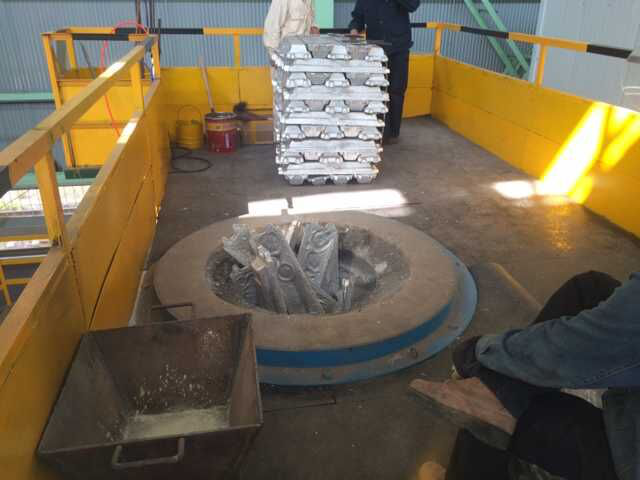
Aluminum melting furnace

Copper melting furnace
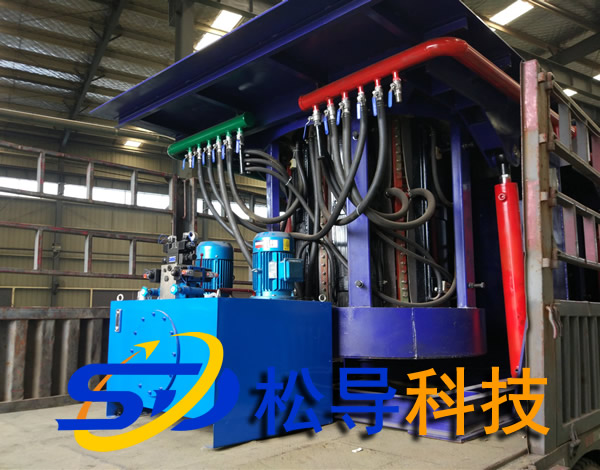
Small steel melting furnace
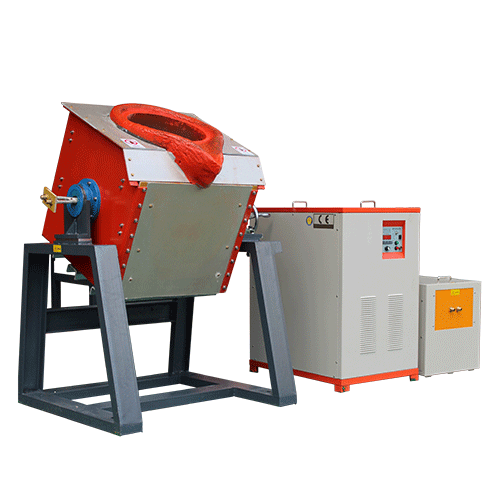
Small induction melting furnace
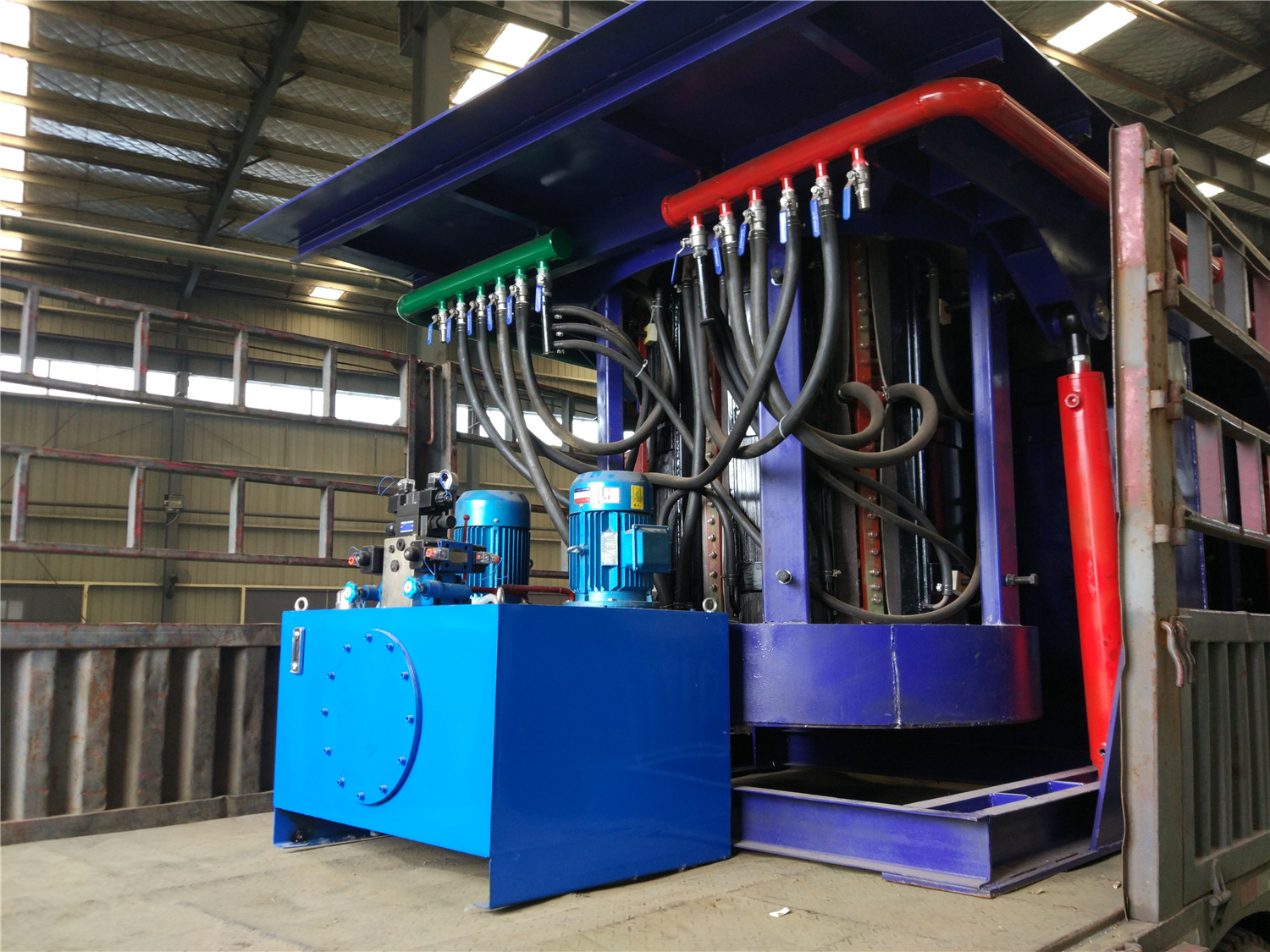
Induction iron furnace
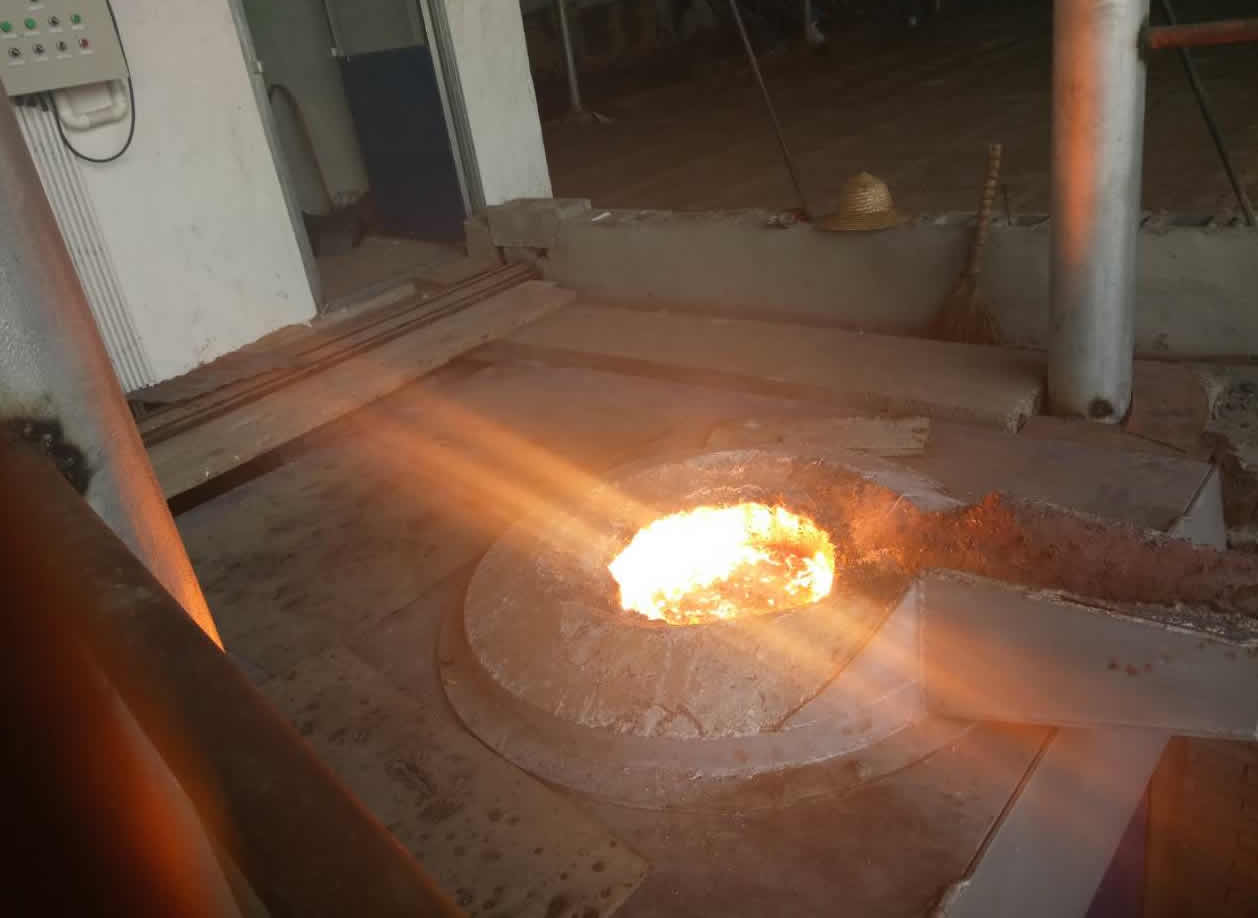
3T intermediate frequency iron melting f
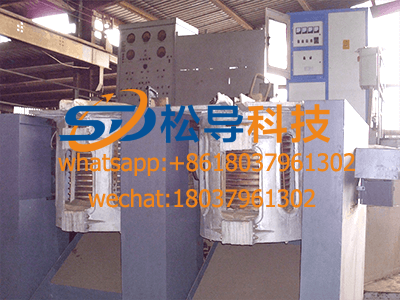
0.25T Intermediate Frequency Furnace
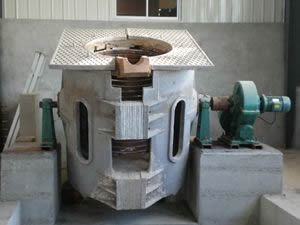
0.5T Intermediate Frequency Furnace
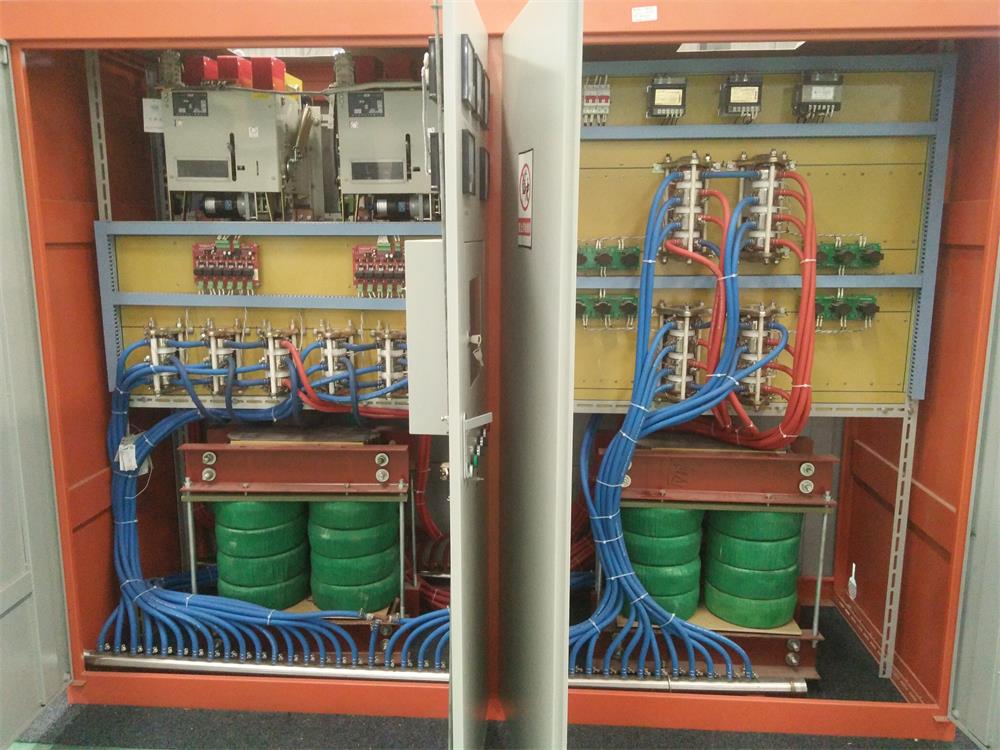
Medium Frequency Furnace

2T Induction Melting Furnace
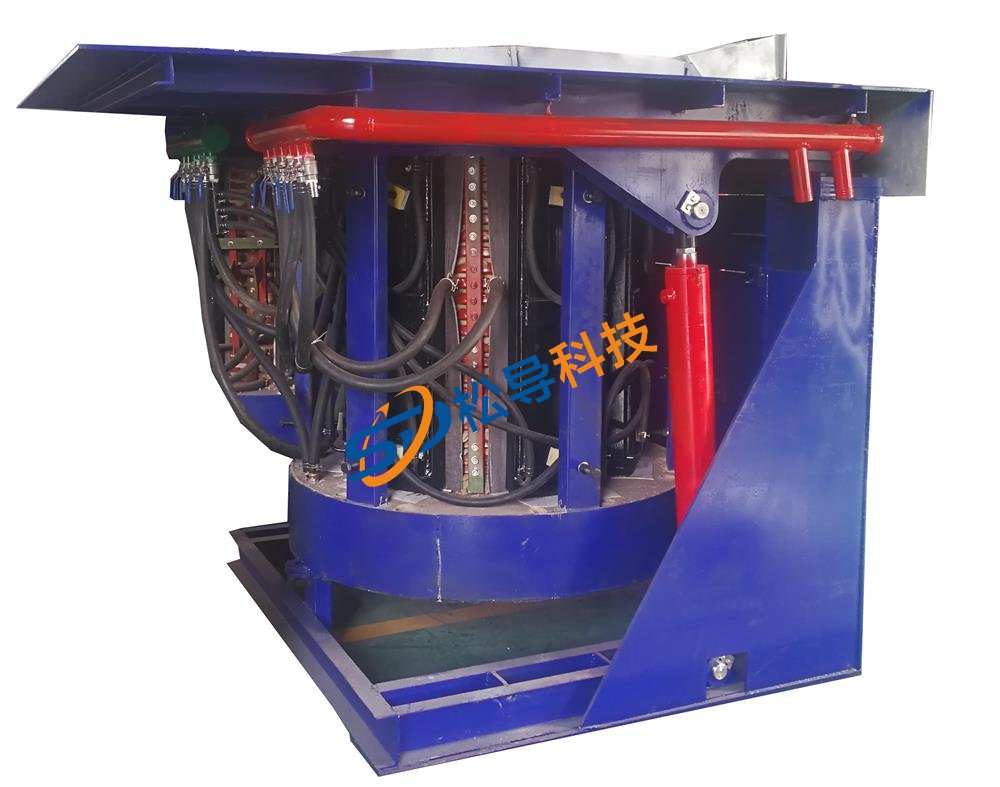
1T Induction Melting Furnace
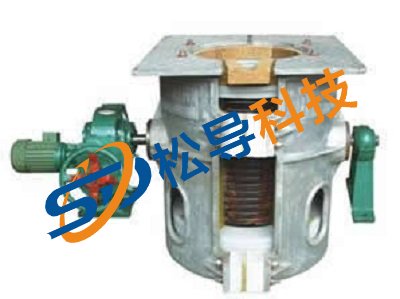
500kg Induction Melting Furnace
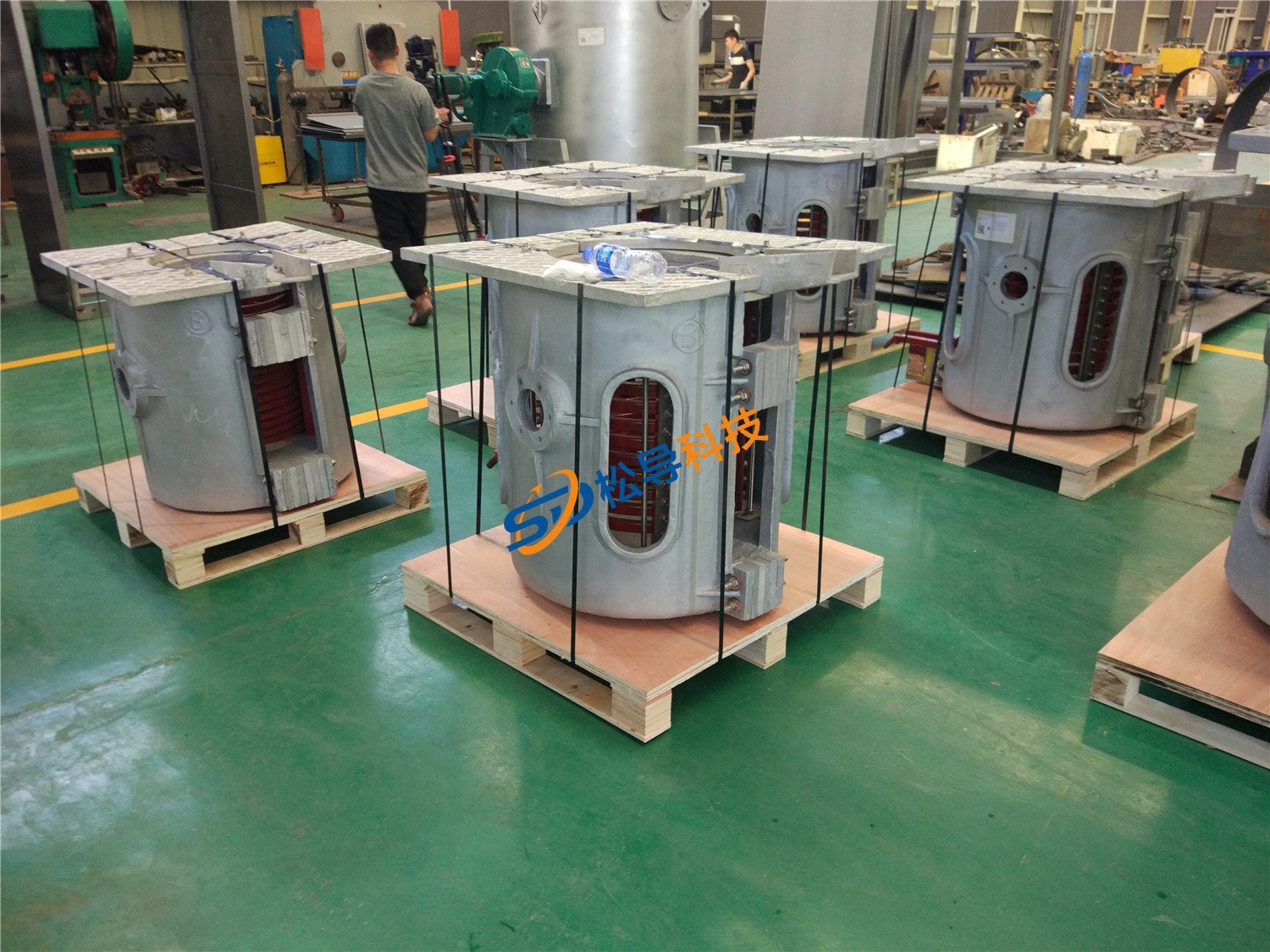
250kg Induction Melting Furnace
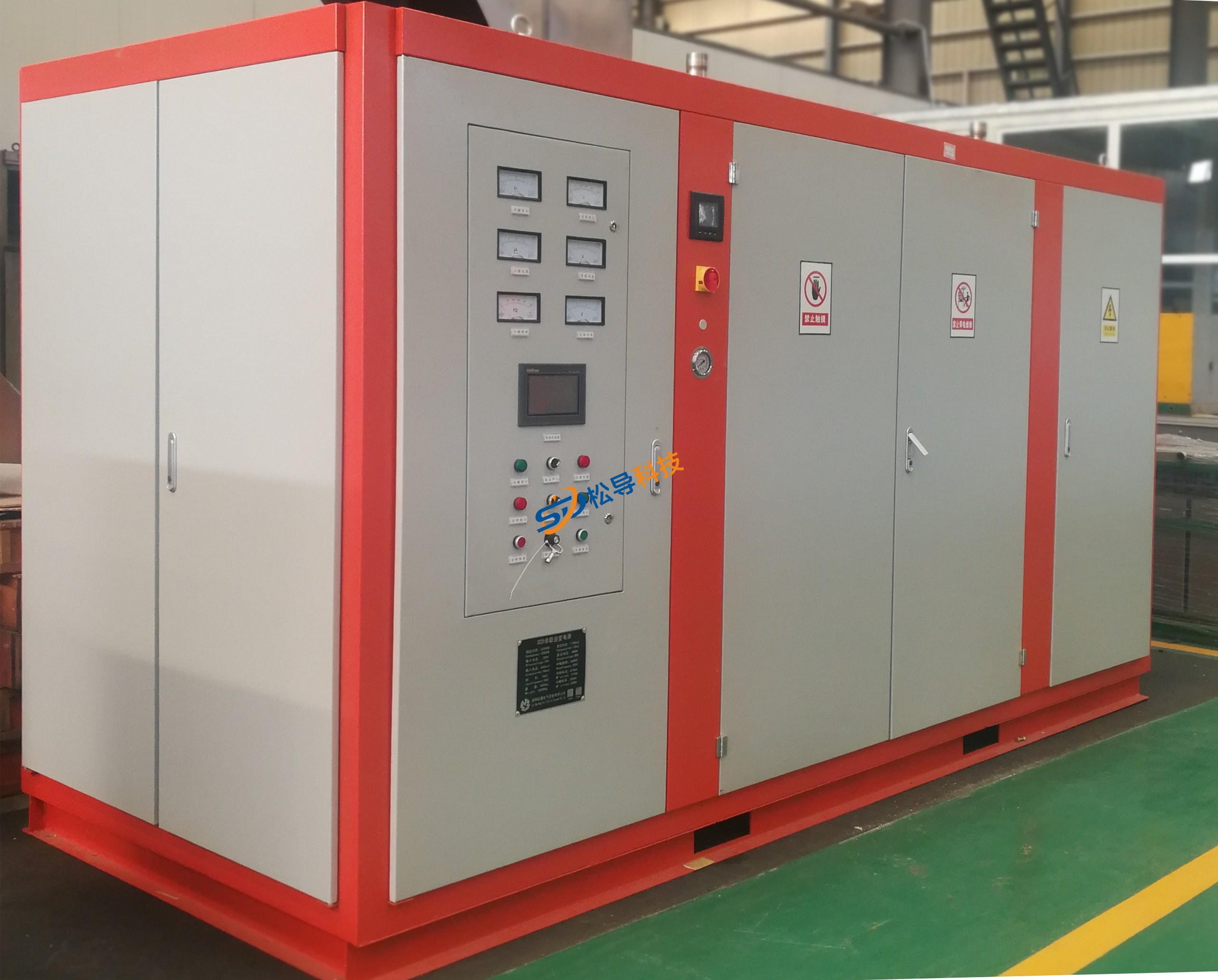
Induction Melting Furnace
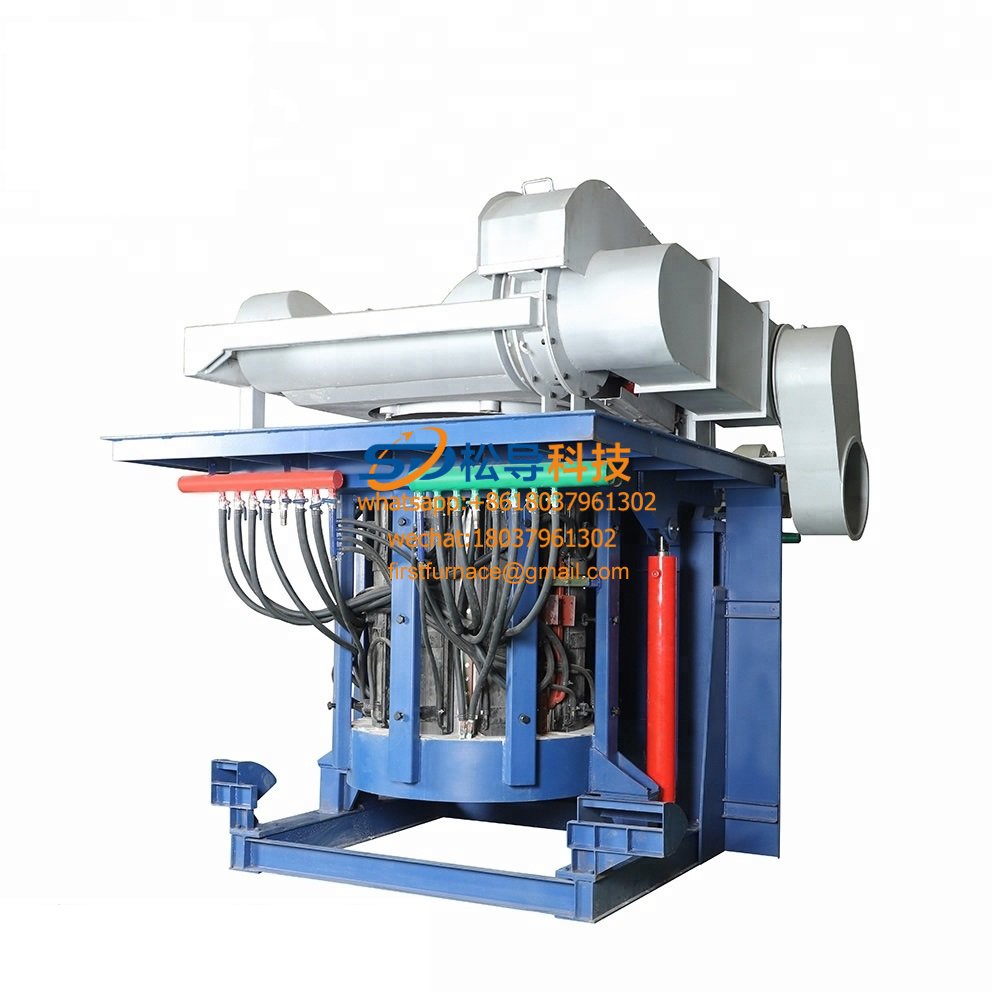
3 T Induction Melting Furnace
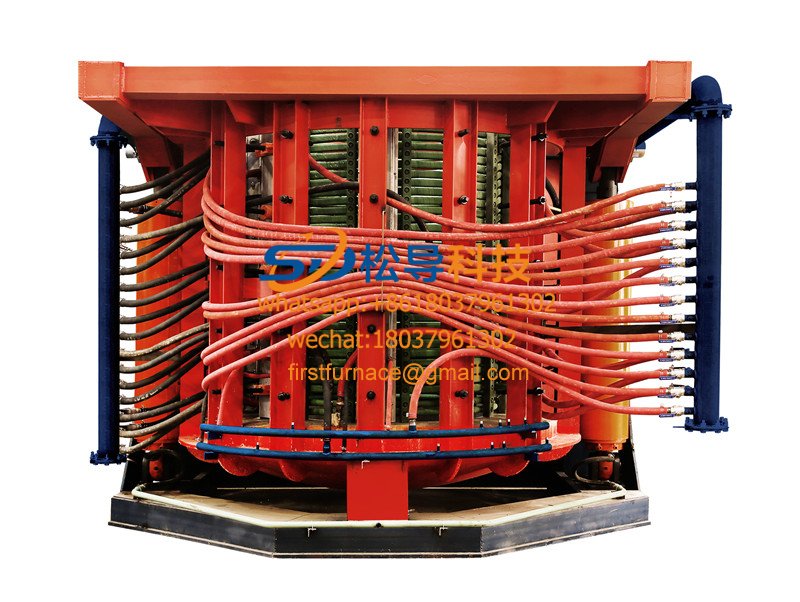
5T Induction Melting Furnace
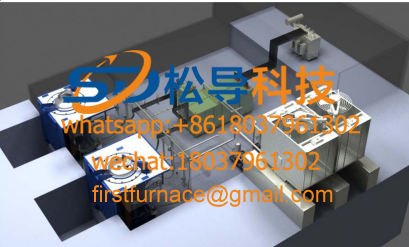
1T One Belt Two Intermediate Frequency F

5T One Belt Two Intermediate Frequency F
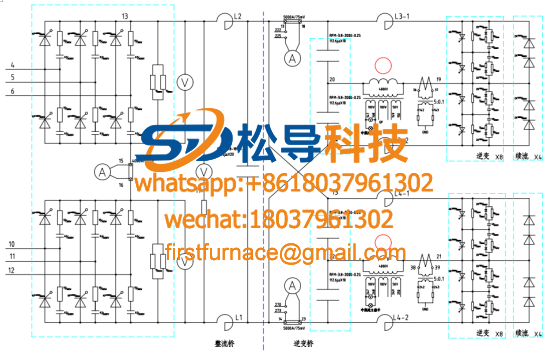
3T One Belt Two Intermediate Frequency F
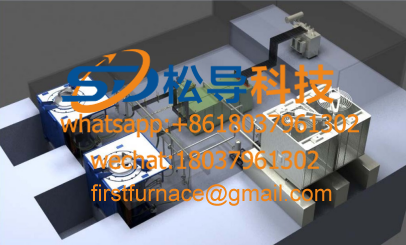
2T One Belt Two Intermediate Frequency F
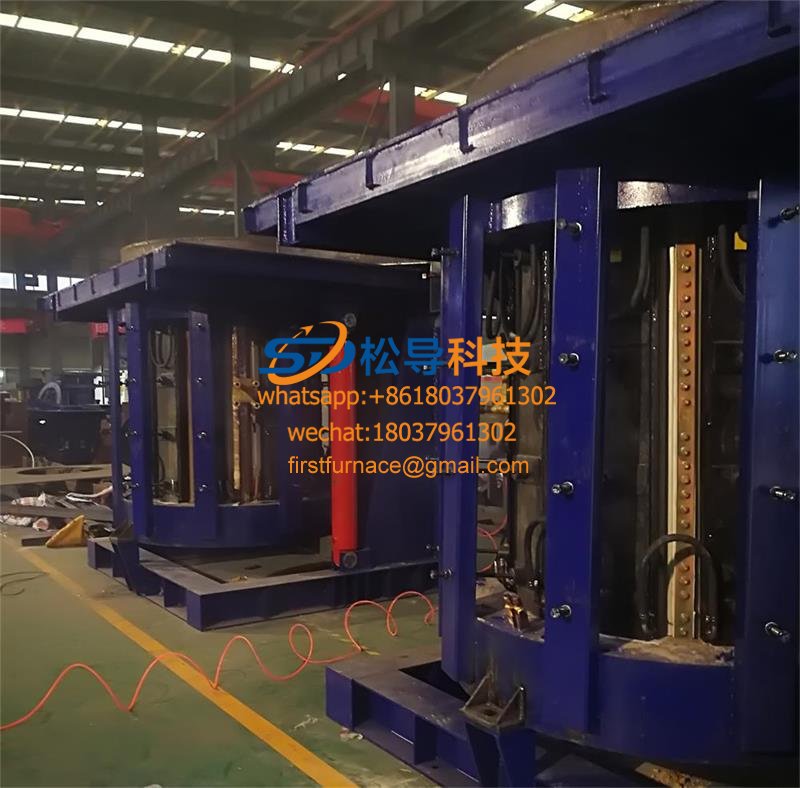
5T Parallel Intermediate Frequency Furna
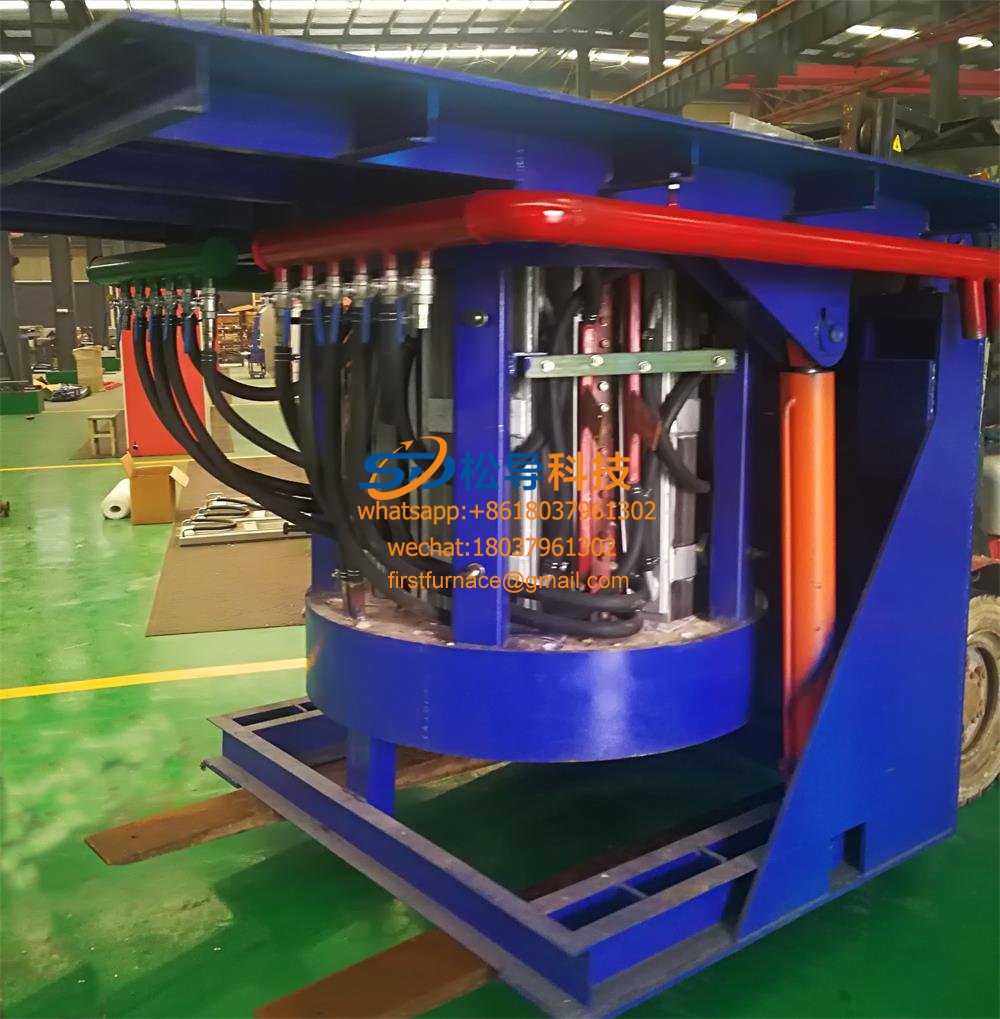
5T Intermediate Frequency Furnace

5T Series Intermediate Frequency Furnace
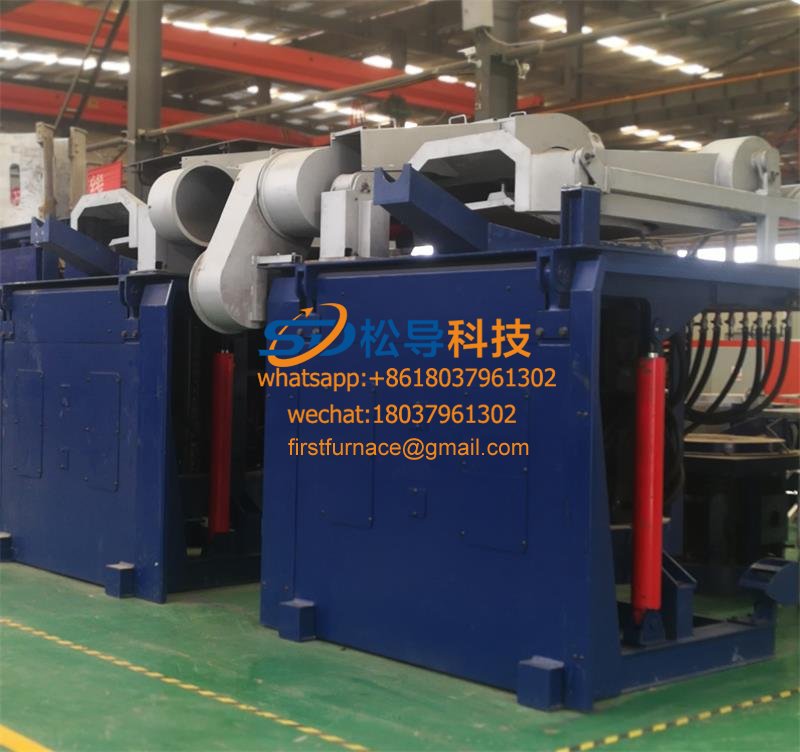
3T Series Intermediate Frequency Furnace
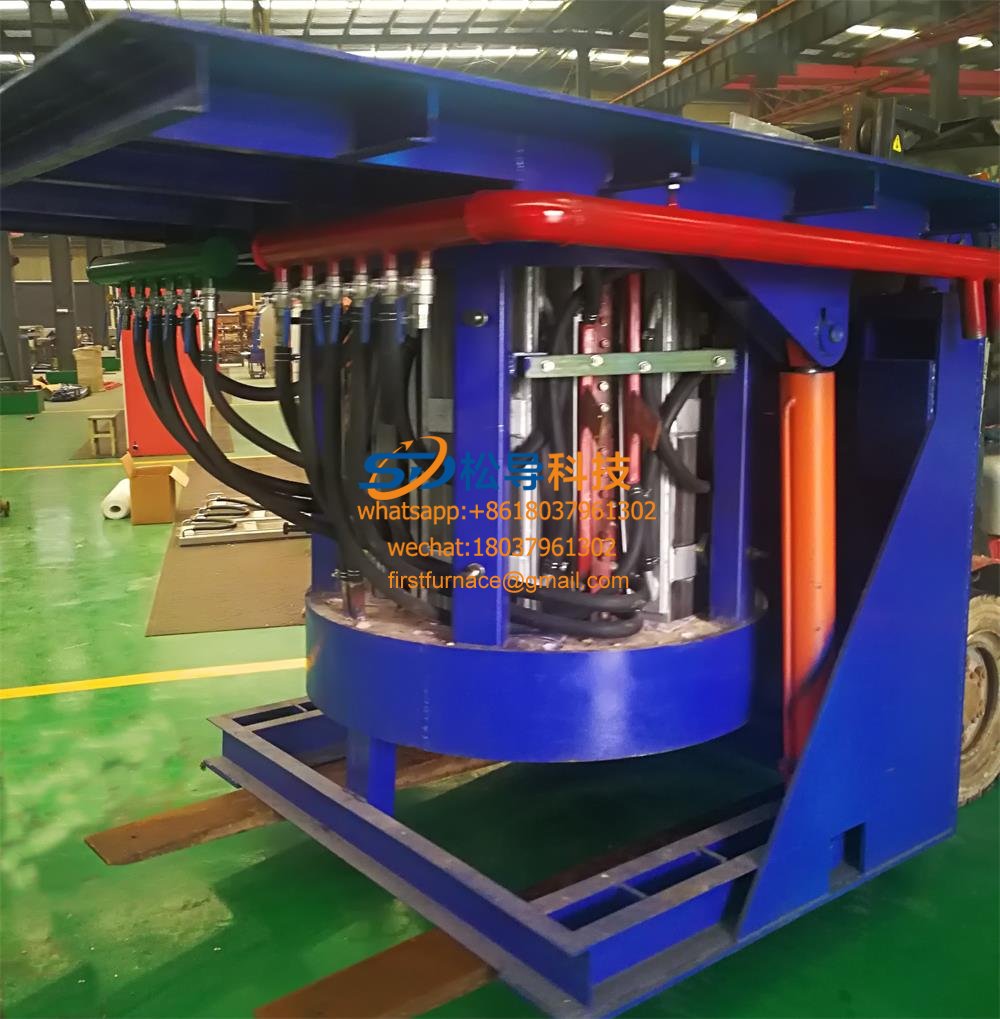
2T Series Intermediate Frequency Furnace
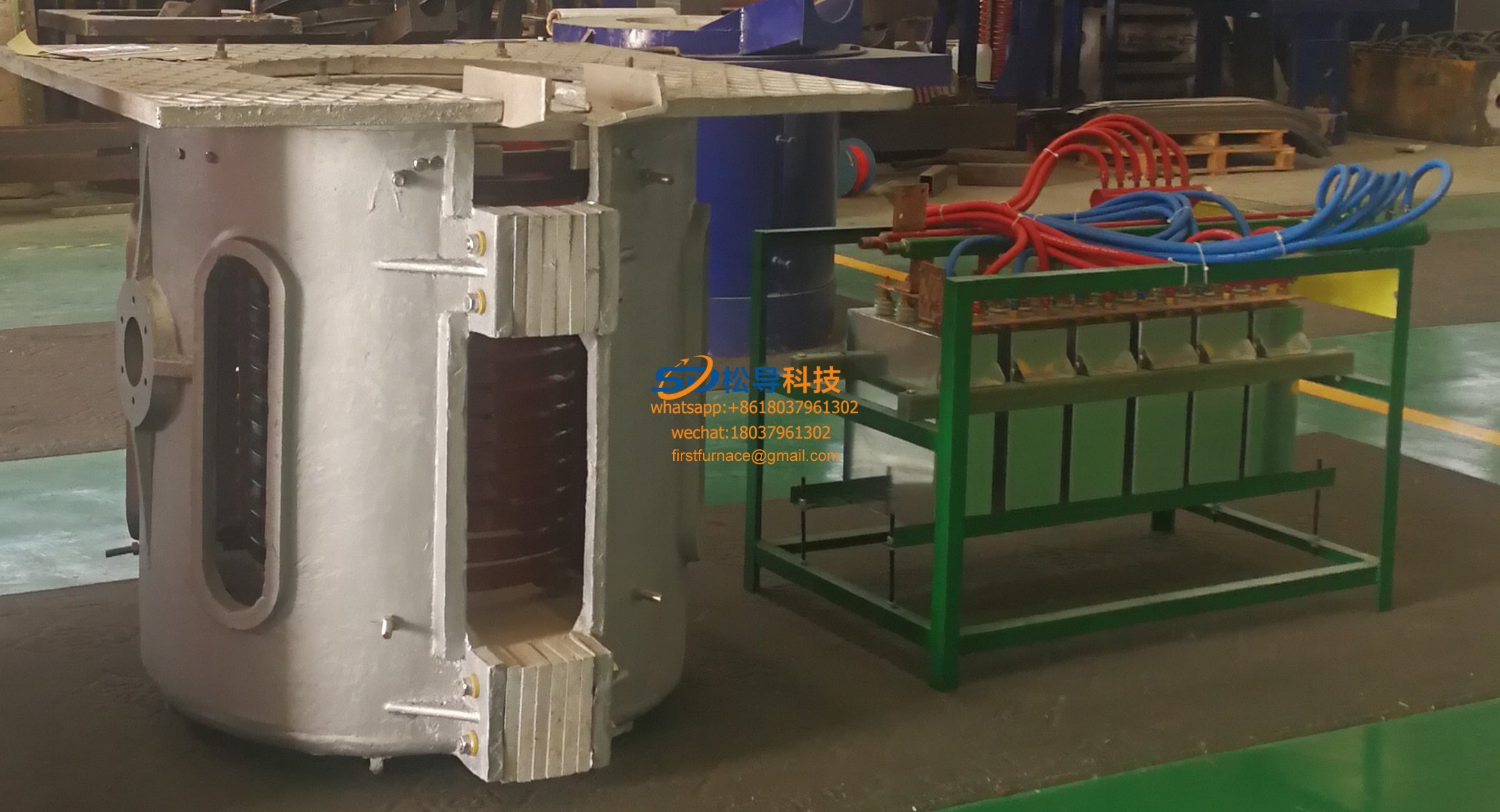
1T Series Intermediate Frequency Furnace
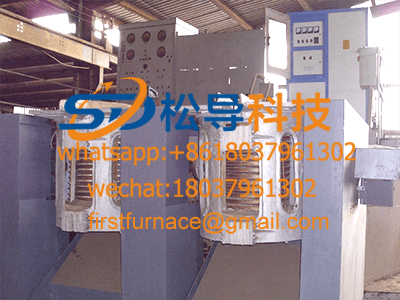
0.5T Series Intermediate Frequency Furna

0.25T Series Intermediate Frequency Furn

1T Parallel Intermediate Frequency Furna
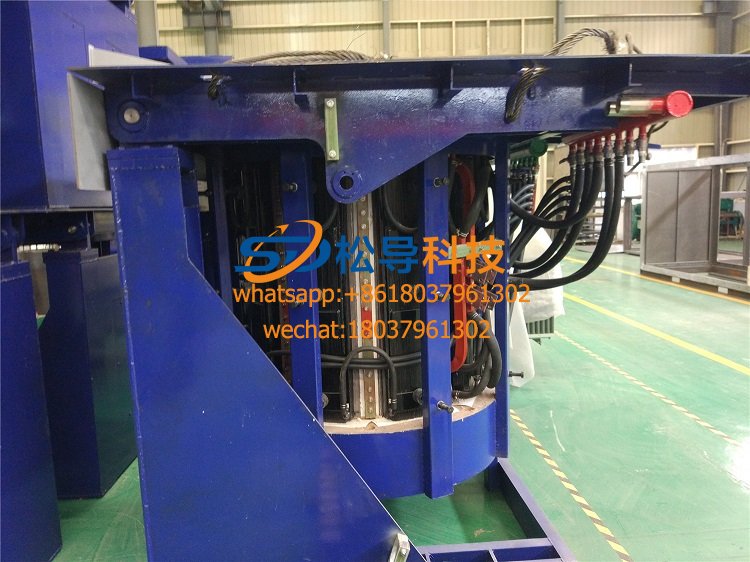
2T Parallel Intermediate Frequency Furna
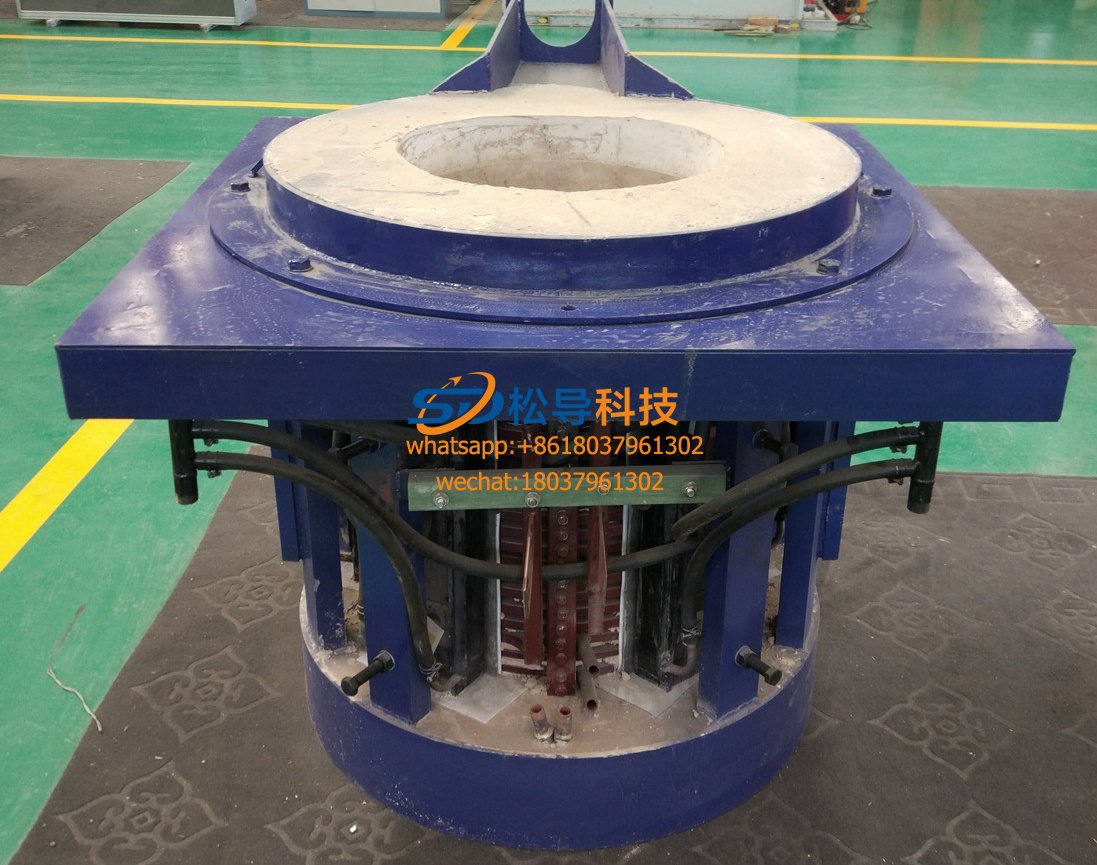
0.5T Parallel Intermediate Frequency Fur






